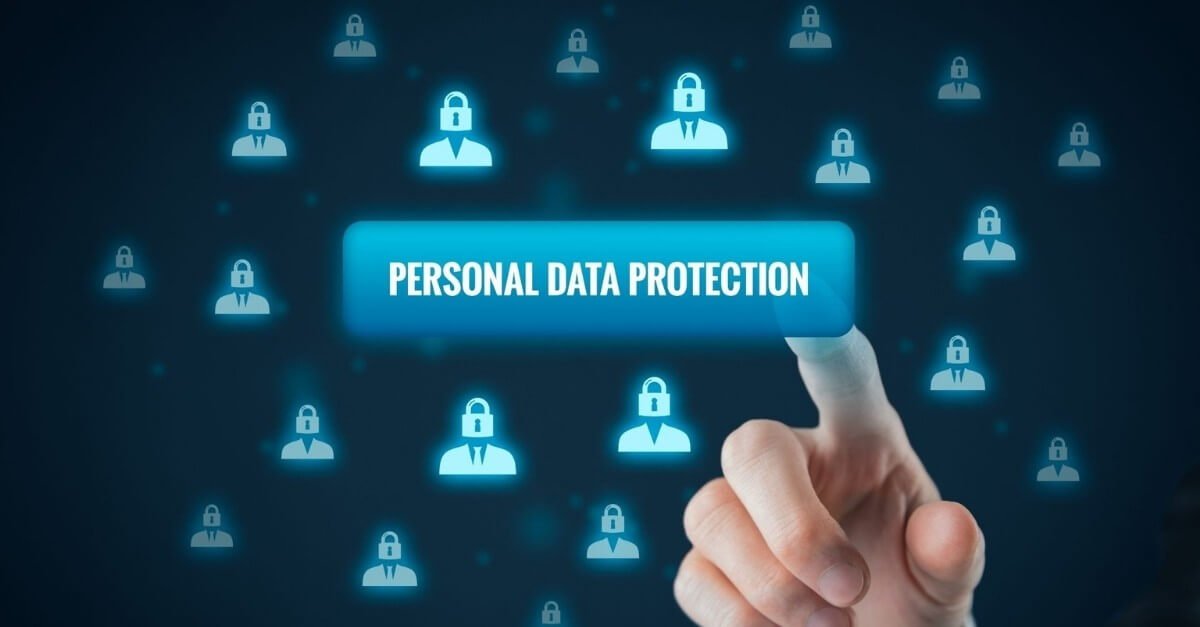IT Disaster Recovery: Understanding the Best Practices
Imagine waking up one day to find that your entire IT infrastructure has been wiped out due to a fire incident at your data center. Without a disaster recovery plan, recovering critical data and restoring systems could take days, weeks, or even months. This downtime can lead to significant financial losses, reputation damage, and, in severe cases, might even lead to the closure of the business.

A robust IT disaster recovery solution ensures that your business can bounce back quickly from any disaster, minimizing downtime and data loss. It provides peace of mind to business owners and stakeholders, knowing that their valuable data and systems are safeguarded against any eventuality.
Defining IT Disaster Recovery
At its core, IT Disaster Recovery is all about having a plan in place to resume business operations as quickly as possible after a disruptive event. This plan includes a series of procedures and protocols that outline how your organization will recover its IT systems, data, applications, and infrastructure during a disaster.
To keep it simple, consider Disaster Recovery as a safety net for your digital assets. Just like you have insurance to protect your physical assets from unexpected events, a disaster recovery plan is an insurance policy for your digital assets.
Why is Backup and Recovery Important?
The company’s operations and competitive advantage are powered by data. That is why backup and recovery is critical. With a solid backup and recovery strategy — and a technological solution — in place, your company can:
- Prevent data loss – The consequences of missing or corrupted data range can be expensive. Companies may face financial fines and a loss of trust in customers and brand reputation. The fundamental function of backup and recovery is to protect crucial data in the event of loss or damage.
- Sustain operations – Businesses continue to operate in the face of calamity, whether natural or artificial, even a ransomware assault.
- Maintain a positive customer experience – Lost customer records bring company challenges such as decreased customer happiness and revenue and non-compliance with legislation. Alternatively, comprehensive, always-available consumer databases foster better customer loyalty and, as a result, bigger revenues.
- Maintain employee productivity – When data or files go missing, effective data backup and recovery reduces staff’s time and effort in rewriting reports, rekeying data, or recalculating spreadsheets.
- Maintain historical records – Backing up data allows businesses to create corporate archives of their operations and is sometimes required by industry or government requirements.
- Address auditors – Although laws vary by jurisdiction, having vital accounting and other financial records backed up, recoverable, and quickly accessible for tax purposes and audits are critical to corporate operations.
- Get some peace of mind – Even the best-managed businesses might suffer losses due to a cybercrime or system failure. A solid data backup and recovery policy in place, backed up by the correct technology, ensures that your organization can be resilient and the weather, even in the most trying conditions.
Best Practices for IT Disaster Recovery
- Regular Backups and Data Protection
Performing regular backups and safeguarding your data are foundational practices in disaster recovery. Schedule automated backups of critical data and store them in secure and geographically diverse locations.
- Testing and Updating the Disaster Recovery Plan
A disaster recovery plan is not a one-time effort. It should be regularly tested and updated to ensure its relevance and effectiveness. Conduct periodic disaster recovery drills to identify and address any gaps in the plan.
- Training Employees for Disaster Preparedness
Disaster recovery is a team effort, and everyone in your organization should be familiar with their roles and responsibilities during a disaster. Provide training and awareness sessions to equip your employees with the knowledge to respond effectively.
- Establishing Communication Protocols during Disasters
Communication is key during any disaster recovery process. Establish clear communication protocols to keep all stakeholders informed about the situation, recovery progress, and potential timelines.
- Continuous Improvement and Adaptability
Disaster recovery is an evolving process. Monitor the effectiveness of your plan, learn from past incidents, and continuously improve your IT disaster recovery strategy. Be prepared to adapt to new challenges and technologies as your business grows.
Why Choose Disaster Recovery?
Choosing Disaster Recovery as a Service (DRaaS) is a significant initial step towards protecting your essential business data from unanticipated disruptions. To combat downtime, it is critical for a business that relies significantly on technology to remain adaptable and have a disaster recovery plan. Our CSE specialists thoroughly analyze each project to suit the business process and rehearse it with the personnel, so your team knows their role during the crisis.
- The Role of Disaster Recovery Consultants
IT Disaster Recovery consultants are experts in designing and implementing disaster recovery strategies tailored to each organization’s unique needs. They bring a wealth of experience and industry best practices, ensuring that your disaster recovery plan is comprehensive and effective.
- Finding the Right Consultant for Your Needs
When seeking the services of a disaster recovery consultant, it’s essential to find the right fit for your business. Consider factors such as the consultant’s experience, certifications, and track record in implementing successful disaster recovery plans.
- Assessing Expertise and Experience
A competent disaster recovery consultant should have a diverse skill set that includes risk assessment, business impact analysis, technology expertise, and crisis management. Requesting case studies and testimonials from previous clients can help assess their competence.
Backup and recovery are the pillars of data protection in the digital age. Implementing a robust backup strategy, leveraging the expertise of IT disaster recovery services and consultants, and embracing new technologies will ensure that you safeguard your valuable digital assets effectively. Always remember prevention is better than cure, and having a reliable backup and recovery plan is the best defense against potential data disasters.
FAQs
Q: Why do I need to back up my data regularly?
A: Regular backups ensure that your data is protected against unforeseen circumstances, and you can recover it with minimal disruption.
Q: Are cloud-based backup solutions secure?
A: Yes, reputable cloud providers offer robust security measures to protect your data, making cloud-based backups secure.
Q: How can IT disaster recovery services benefit my business?
A: IT disaster recovery services provide expertise, monitoring, and swift recovery options, reducing the risk of prolonged downtime and data loss.
Q: Can I rely solely on incremental backups?
A: While incremental backups save time and space, having occasional full backups is advisable to ensure comprehensive data protection.
Q: What are the common causes of data loss?
A: Data loss can result from hardware failures, cyber-attacks, human errors, natural disasters, and software malfunctions.
Share This Post

5 Top Data Cloud Trends to Follow in 2021

